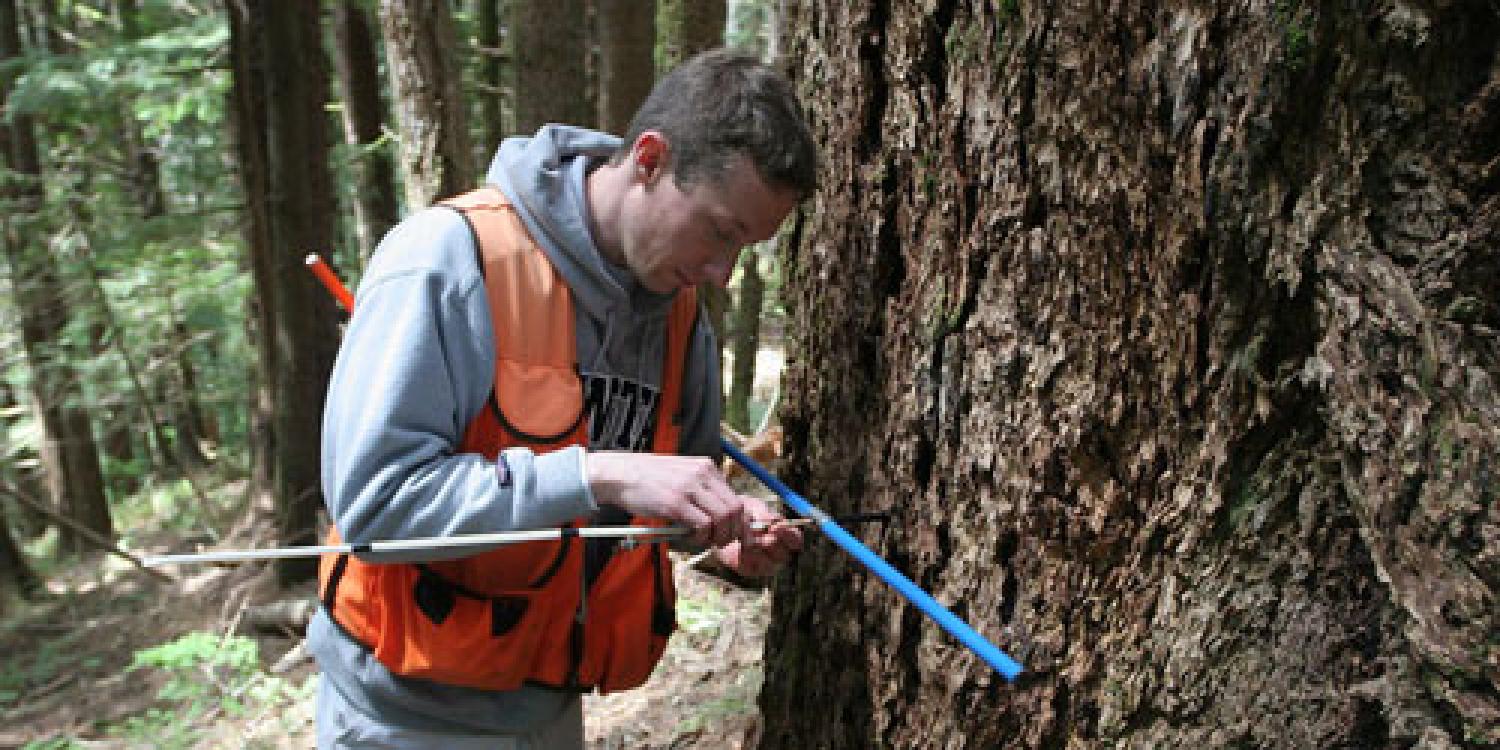
A serious epidemic of Swiss needle cast has hit the west slope of the Oregon Coast Range. This native fungal foliage disease can significantly reduce growth rates and the competitiveness of Douglas-fir, the most important timber species in the Pacific Northwest. Meanwhile, on the eastern slope of the Cascades, mountain pine beetle activity has dramatically increased over the past five years, affecting fire behavior across more than 500,000 acres of lodgepole pine stands.
In response, OSU created the Swiss Needle Cast Cooperative to research and manage this disease. Through traditional breeding, the cooperative is working to find Douglas-fir families that are tolerant to the disease. Additionally, the Forest Research Laboratory developed an integrated pest management strategy that is being implemented by landowners, businesses and forest managers to enhance timber productivity and forest health. Also, OSU Extension published a guide for forest managers explaining what Swiss needle cast is and how to identify it.
In the wake of the mountain pine beetle infestation, OSU's Forest Research Laboratory is working on fire behavior modeling and fuels organization in the Deschutes and Fremont-Winema National Forests. In the past four years, OSU researchers have shared their findings with more than 3,100 foresters, forest managers, environmentalists, resource professionals and woodland owners through innovative field workshops, county extension programs and presentations.